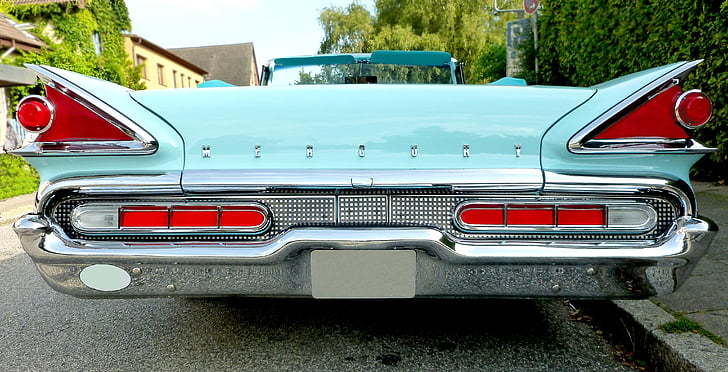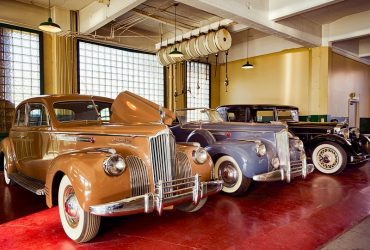
Brake By Brake: Comprehensive DIY Guide to Classic Car Brake Maintenance
Keeping your classic car’s brakes in top condition is essential to its long-term health as well as the overall safety of your driving experience. To make sure that your brake system is operating optimally, it’s important to do regular brake maintenance. While you should always consult a certified mechanic for major car repairs, conducting regular DIY brake maintenance is a great way to ensure your brakes are functioning without prolonged repair times or large repair bills.
In this guide, we’ll explain the different components of a classic car’s brake system and provide detailed instructions on how to conduct regular brake maintenance – brake by brake. At the end of this guide, you should be able to keep your brakes in optimal condition year after year. Let’s get started!
Understanding the Components of a Brake System
To understand how to maintain your classic car brakes, you need to know the basics of your vehicle’s brake system. This important system consists of four major components: the calipers, drums, rotors, and pads.
-
- Caliper: This is the part of the brake system that securely holds the disc or drum in place while the wheel is rotating.
-
- Drum: The drum is the component responsible for slowing or stopping the wheel when the brakes are applied. It is typically made of cast iron or aluminum, and it is usually part of a reinforced hub-and-drum assembly.
-
- Rotors: The rotors are discs that are used to control the speed of the vehicle’s wheels. They are typically made of stainless steel or aluminum and are stationary components that are connected to the hub.
-
- Pads: The pads are the main contact point between the wheel and the disc or drum. They are usually made of composite materials and must be replaced regularly to keep the system working effectively.
DIY Brake Maintenance: Step-by-Step Instructions
Now that you understand the components of the brake system, it’s time to get started on maintenance. We’ll break down the DIY maintenance process into four main steps. Let’s go!
Step 1: Inspect Calipers
Begin by inspecting the calipers for signs of wear and tear. Make sure to closely inspect the rubber seals and look for any signs of cracking or leaks, which could indicate that the caliper needs to be replaced. Be sure to also inspect the caliper for signs of corrosion, as this can also lead to poor brake performance.
Step 2: Clean Drums
Once the calipers have been inspected and repaired (if necessary), it’s time to move on to the drums. Begin by cleaning the drums to remove any dirt and dust that has accumulated over time. This should be done regularly to help prevent any corrosion or wear on the drums.
Step 3: Check Rotors and Pads
Once the drums have been cleaned, move on to the rotors and pads. Carefully inspect the rotors for any signs of cracks or damage. If any damage is detected, the rotors should be replaced. You should also check the pads to ensure that they are not worn down, as this can decrease the braking performance and reduce the overall safety of your vehicle.
Step 4: Test Drive
Once all the components have been inspected and cleaned, it’s time to take your classic car for a test drive. Test your brakes at different speeds to ensure that the system is functioning properly. Note any signs of poor braking performance and return to the garage to make any necessary repairs. Congratulations – you’ve successfully completed a DIY brake maintenance job!
Conclusion
Maintaining a classic car’s brakes is essential to ensuring that it remains safe and in top condition. With the help of this comprehensive DIY guide, you can keep your classic car’s brakes running smoothly and efficiently for years to come.













